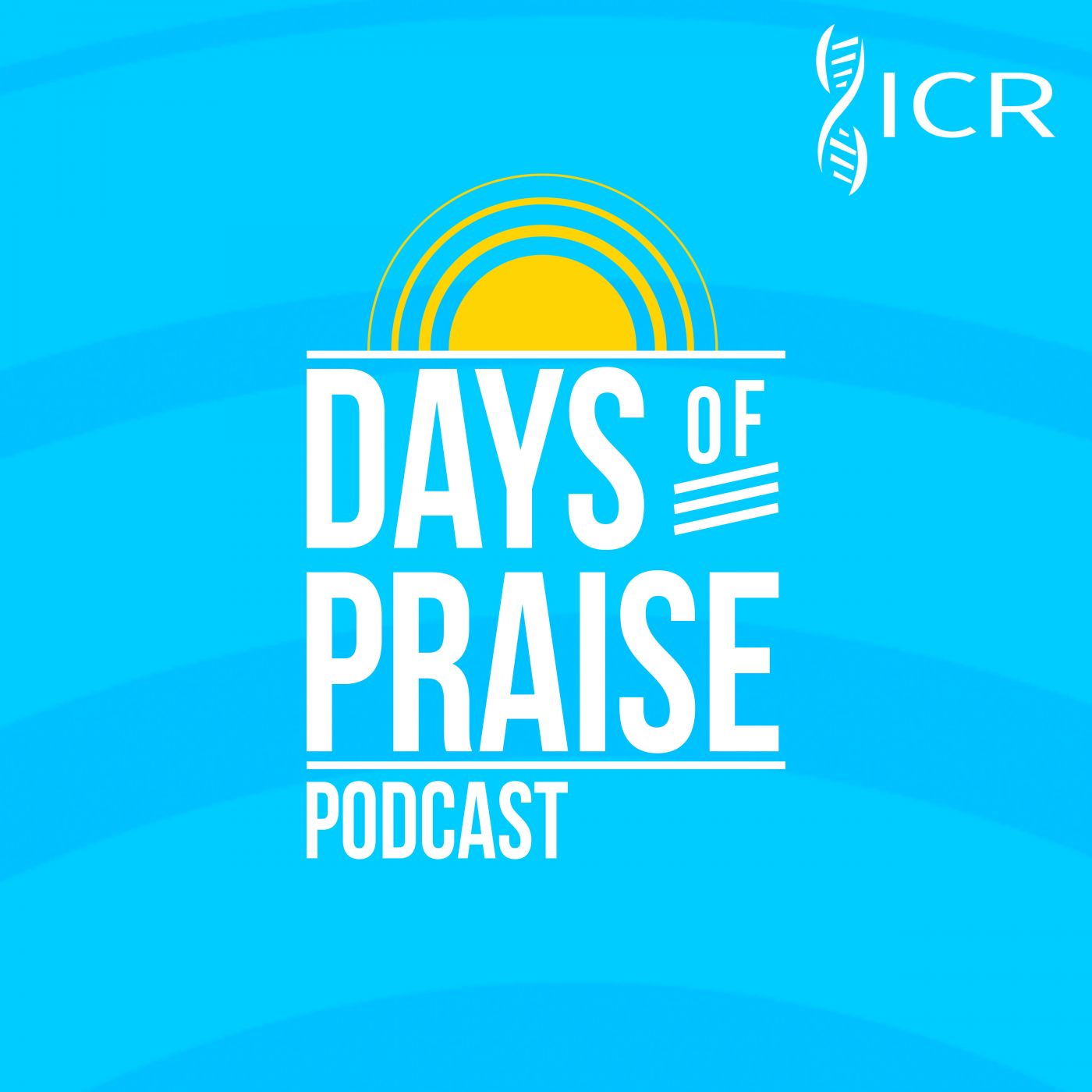“So that the priests could not stand to minister by reason of the cloud: for the glory of the LORD had filled the house of God.” (2 Chronicles 5:14)
With the coming of the Shekinah glory cloud into the great house, God showed His acceptance of Solomon’s beautiful temple as His symbolic earthly dwelling place. This had happened once before in the wilderness. “Then a cloud covered the tent of the congregation, and the glory of the LORD filled the tabernacle” (Exodus 40:34).
But as the glory once departed when the Ark of the Covenant was taken from the tabernacle by the Philistines (1 Samuel 4:22), so it later also departed when Solomon’s temple was plundered by the Babylonians and the people carried into exile (2 Chronicles 36:17-20; Ezekiel 10:18; 11:23).
It returned for a time when “the Word was made flesh, and dwelt [literally, ‘tabernacled’] among us, (and we beheld his glory),” at least in a spiritual sense (John 1:14). On one occasion, Christ’s glory shone through in a physical sense: “And as he prayed, the fashion of his countenance was altered, and...they saw his glory” (Luke 9:29-32) on the Mount of the Transfiguration.
There is also a great day coming when the ascended Lord will return with His heavenly temple, “coming in the clouds of heaven with power and great glory” (Matthew 24:30), even as “the glory of the Lord shone round about them” (Luke 2:9) at His first coming. His glory will be present forever when the heavenly tabernacle, the New Jerusalem, comes to Earth (Revelation 21:3-10), “having the glory of God” (v. 11).
In this present age, the body of each believer “is the temple of the Holy Ghost,” and he must “therefore glorify God in [his] body” (1 Corinthians 6:19-20). “For God...hath shined in our hearts, to give the light of the knowledge of the glory of God in the face of Jesus Christ” (2 Corinthians 4:6). HMM

Days of Praise Podcast is a podcast based on the Institute for Creation Research quarterly print devotional, Days of Praise. Start your day with devotional readings written by Dr. Henry Morris, Dr. Henry Morris III, Dr. John Morris, and others to strengthen and encourage you in your Christian faith.
























